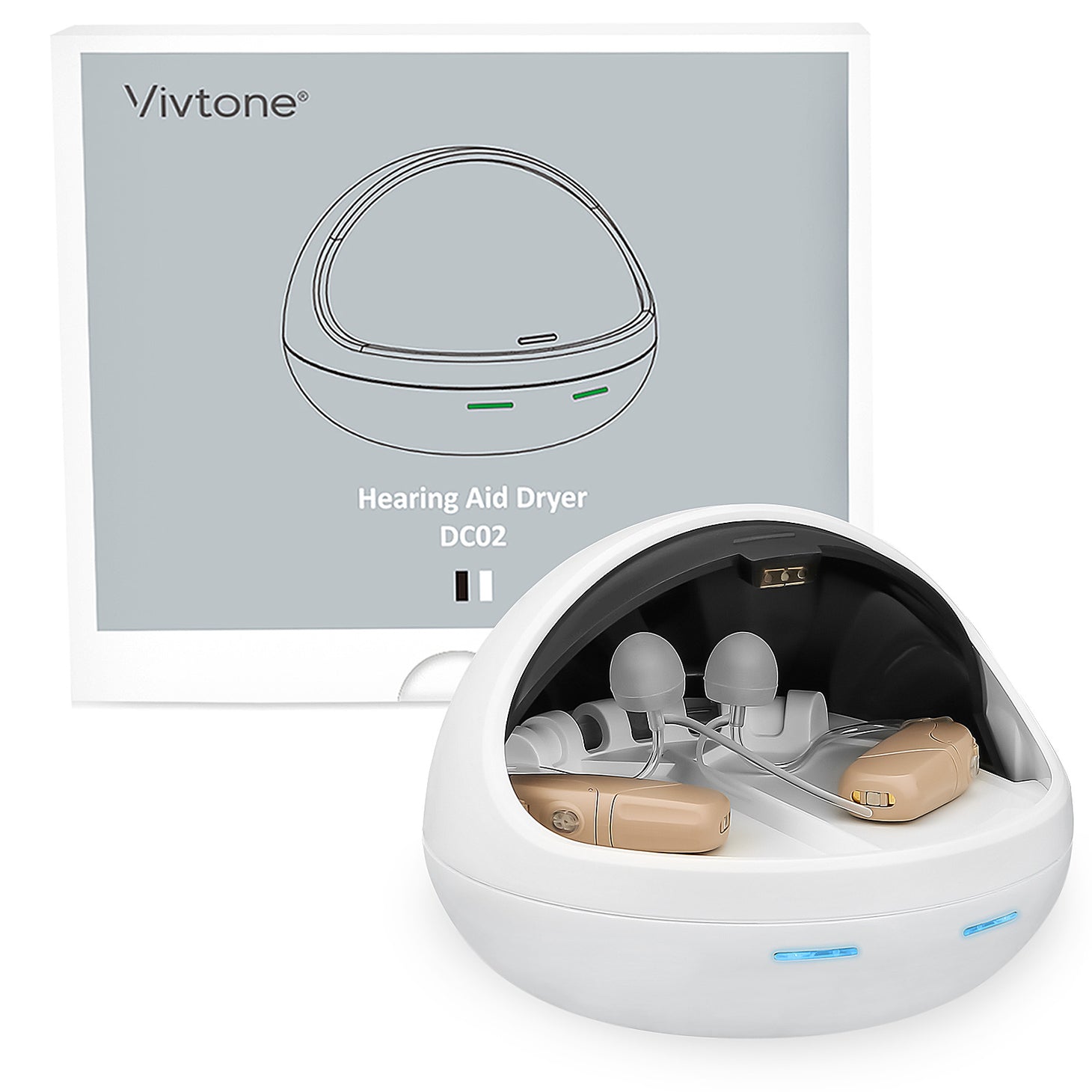Unlock the Secrets to Finding Perfect Replacement Parts for Your Hearing Aid!
Hearing aids play a crucial role in enhancing the quality of life for millions of individuals with hearing loss. These small yet powerful devices allow users to engage more fully in conversations, enjoy music, and experience the world around them without the barriers of hearing impairment. However, like any electronic device, hearing aids require maintenance, and sometimes that involves replacing essential components to ensure they function at their best.

Replacement parts are vital in maintaining the efficacy of hearing aids, as they can wear down over time due to regular use. Whether it’s a battery that has lost its charge, a dome that has become dislodged, or a filter that has accumulated debris, knowing when and how to replace these parts can significantly impact the performance of your hearing aid. This article aims to guide you through the process of finding the right replacement parts for your hearing aid, ensuring you can continue to enjoy the sounds of life.
Understanding Hearing Aid Components
Hearing aids consist of several essential components, each playing a specific role in the device's overall function. The most fundamental parts include the microphone, amplifier, speaker, and battery. The microphone picks up sound from the environment, which is then amplified by the amplifier before being sent to the speaker, allowing the user to hear sounds clearly. Additionally, many hearing aids include filters and domes that help refine sound quality and ensure comfort when worn.
Over time, these components may require replacement due to wear and tear from daily use. For instance, microphones can become clogged with dirt and moisture, affecting sound quality, while batteries can lose their ability to hold a charge. Understanding the function of each component can help users identify when a replacement is necessary, ensuring their hearing aids remain in optimal working condition.
Types of Replacement Parts
When it comes to replacement parts for hearing aids, several common components may need to be replaced regularly. Batteries are perhaps the most frequently replaced part, as they are essential for powering the device. Typically, users will notice a decline in performance or hear a warning beep when the battery is running low.
Another key component is the dome, which sits in the ear canal and helps to direct sound. Domes can become damaged or dislodged, and it’s essential to replace them when they no longer provide a secure fit. Additionally, filters help protect the internal parts of the hearing aid from debris and moisture. Over time, these filters can become clogged, leading to reduced sound quality. Recognizing the signs that indicate these components need replacement is crucial for maintaining effective hearing aid function.
Where to Find Replacement Parts
Finding replacement parts for hearing aids can be done through various sources. Local audiologists and hearing aid specialists often carry a range of replacement parts, which allows for personalized assistance and immediate solutions. This is particularly beneficial for those who may have questions or need guidance on specific components.
Online retailers also provide a convenient option for purchasing replacement parts, often at competitive prices. However, this route may come with some drawbacks, such as longer shipping times and the risk of ordering incompatible parts. It's essential to research and ensure that the online source is reputable and that the parts are suitable for your specific hearing aid model.
Tips for Choosing the Right Replacement Parts
When selecting replacement parts for your hearing aid, there are several key factors to consider. Compatibility is paramount; always ensure that the parts you choose are designed for your specific hearing aid model to avoid issues. Quality is equally important, as opting for lower-quality parts can lead to further complications down the line.
Consulting with a hearing care professional is highly recommended, especially if you are unsure about which parts to purchase. They can provide valuable insights and may even assist with installation, ensuring that your hearing aid continues to perform optimally. Taking the time to choose the right parts will pay off in the long run, allowing you to maintain the best possible hearing experience.
Key Takeaways on Hearing Aid Maintenance
In conclusion, understanding the importance of hearing aids and their components is essential for anyone who relies on these devices. Regular maintenance and timely replacement of parts such as batteries, domes, and filters can significantly enhance their performance and longevity. By knowing where to find quality replacement parts and what to consider when making a purchase, you can ensure that your hearing aids continue to serve you well.
Maintaining your hearing aids with the right replacement parts is crucial for optimal performance. As you take informed steps to care for your hearing aids, you’ll find yourself more engaged with the sounds of life around you. Don’t hesitate to reach out to professionals for guidance and support as you navigate the process of keeping your hearing aids in top shape.














